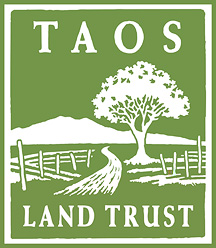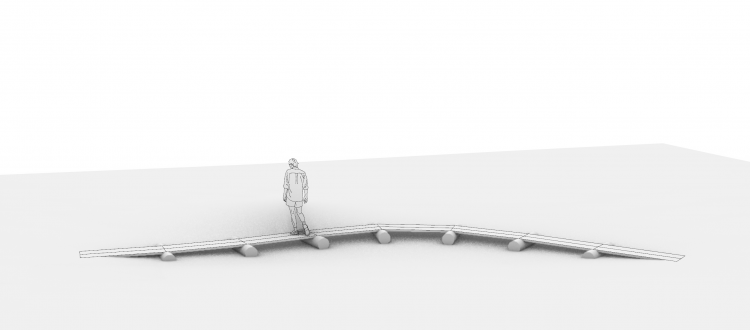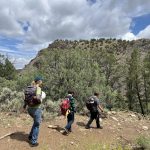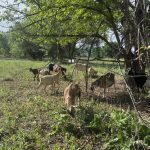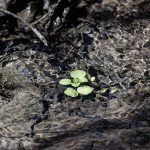Considering a Wetland Access Trail at Rio Fernando Park
One of the challenges we have face the past year as we work to restore the wetlands in Rio Fernando Park is the number of visitors who tromp through the wetlands and allow their dogs to splash around in the river. Not only is there an e.coli issue with the water in the Rio Fernando, having pets splash around in the water disturbs out work to improve the wildlife habitat for beavers, birds and other critters. We really need to have pets on trail and on leash at all times.
It is a delicate balance. We WANT community members to come and explore all the park has to offer. At the same time we need to minimize damage to the riparian ecosystem we are working to restore.
Dominic Riolo, our resident landscape architect (on loan for the summer from Harvard) has been looking at ways to help us solve this conundrum. He discusses some options in this guest blog post. – Jim O’Donnell
~ ~ ~
We are considering the creation of a wetlands access trail (WAT) at Rio Fernando Park. This endeavor is something of a dualism; we want to share our beautiful riparian landscape with the community. However, we also want to safeguard the health of this incredibly sensitive and important ecosystem that we have worked so hard to restore. By creating a designated trail, we can localize, concentrate, and limit the negative impact on the wetland. We can then also perform undisturbed restoration on the remainder of the wetland while still allowing patrons to enjoy the beauty of this unique ecosystem.
So how can we go about achieving this?
One option is the construction of a bog bridge (Fig. 1) that crosses a small area of the wetland (Fig. 2) then rejoins the main circulation loop trail of Rio Fernando Park. This low-lying bridge would provide safe and easy crossing through sometimes boggy terrain. It would also limit soil compaction, allow water to maintain its natural course of movement, and would serve to prevent contamination of the soils and waters by dirty boots & paws. It also has the potential to provide excellent viewing of the beaver pond. Further, the bog bridge could also be constructed largely in accordance with TLT’s permaculture values; the logs that act as footing for the bridge would come from invasive Russian Olive tree trunks that have already been felled as part of the riparian restoration work at the park.
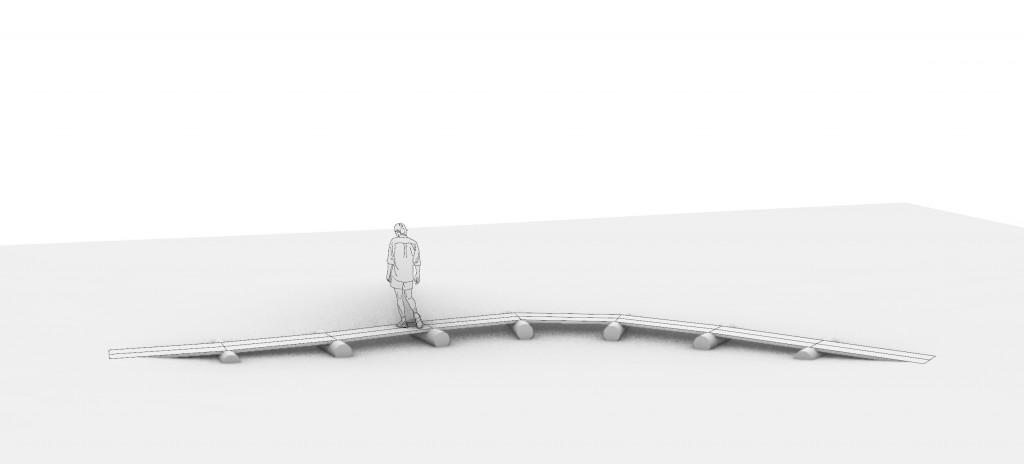
Figure 1 – Bog Bridge
There are some potential downsides to this bridge construction. For one thing, the bridge would be best served by a footing of gravel wrapped in a geotextile fabric to slow the rotting process of the Russian Olive trunks (as they would be sitting in boggy soil for a portion of the year). Considering the fact that the gravel and geotextile would have to come from off-site, this footing would increase the impact of the intervention. Also, the bog bridge would require periodic maintenance and replacement, as its base is constituted of logs sitting in boggy water.
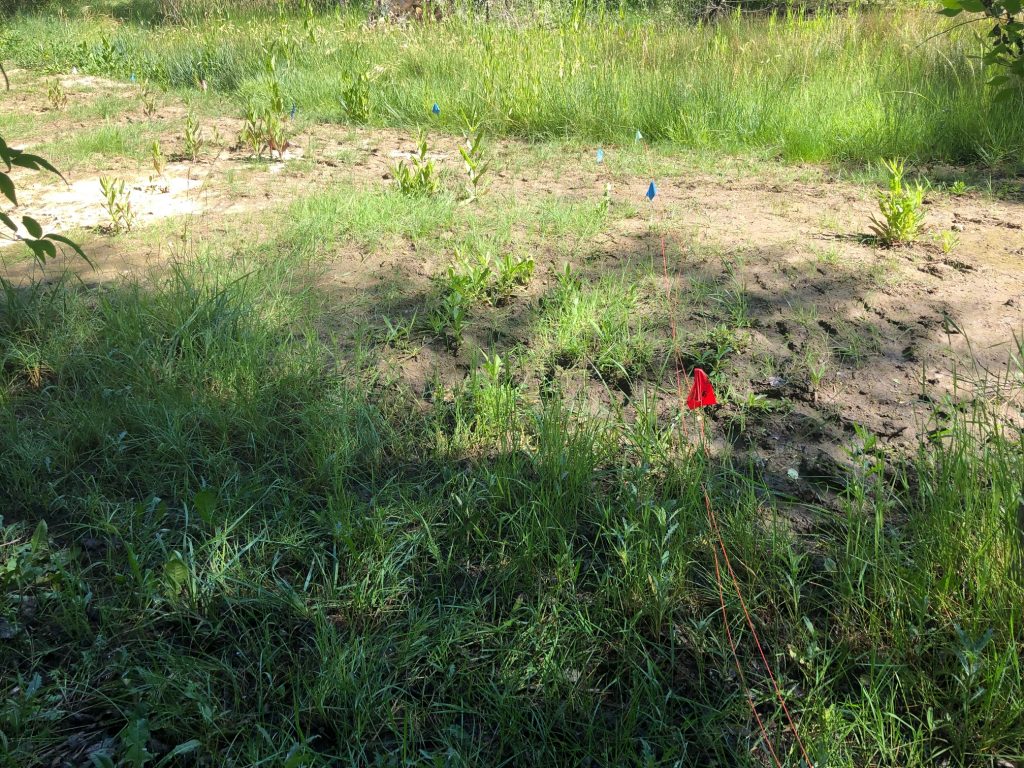
Figure 2 – problematic area in the wetland
But the most important factor in the potential implementation of this infrastructural component, however, is to ensure that it would not stifle the health of the healing riparian ecosystem. It is incredibly important that the flow of water underneath this bridge is not impeded. The free exchange of water across the area where the bridge would be placed is a crucial component to maintaining the health of the riparian zone. Pathways are also known to cause erosion in unexpected places as they shift the way water moves across the landscape. This issue is already potentially exacerbated by the fact that the area in which we are looking to construct this bridge has already been disturbed by previous construction that resulted in an impedance of water flow from the bank of the riparian zone to the creek.
It is of the utmost important that, before erecting this potential infrastructural solution, we would not be creating additional barriers to the rehabilitation of our riparian zone along the Rio Fernando River.
We will be looking at these and other designs over the coming months.
Dominic Riolo
Masters Candidate / Landscape Architecture / 2021
Harvard University / Graduate School of Design
